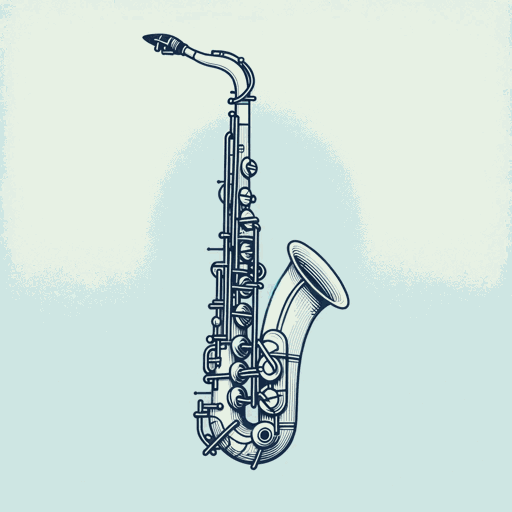45 pages • 1 hour read
James BaldwinNobody Knows My Name: More Notes of a Native Son
Nonfiction | Essay Collection | Adult | Published in 1961A modern alternative to SparkNotes and CliffsNotes, SuperSummary offers high-quality Study Guides with detailed chapter summaries and analysis of major themes, characters, and more.
Part 1, Chapter 4Chapter Summaries & Analyses
Part 1, Chapter 4 Summary: “East River, Downtown: Postscript to a Letter from Harlem”
In this essay, Baldwin extends some of his ideas from the previous essay. He opens the piece with the juxtaposition of Patrice Lumumba’s assassination and Adlai Stevenson’s address to the General Assembly at the United Nations. Baldwin argues that the Cold War gives Americans an excuse to avoid self-examination by labeling anyone who might challenge the country’s treatment of Black people as a Communist. It is dangerous to blame outsiders for the discontent and protest of marginalized groups.
Baldwin explains that the experiences of Harlem can be understood through the development of two major groups: the Black Student Movement and the Muslim movement. The former centers its work on liberating everyone with the understanding that white people need to see Black people for who they are so that they can begin to examine themselves. Baldwin asserts that the Muslim movement challenges the sincerity of American sentiments and calls for a separation of races. The author agrees with both approaches and acknowledges the truth in the inaction of white people: “Negroes know how little most white people are prepared to implement their words with deeds, how little, when the chips are down, they are prepared to risk” (77).
Related Titles
By James Baldwin

Another Country
James Baldwin

A Talk to Teachers
James Baldwin

Blues for Mister Charlie
James Baldwin

Giovanni's Room
James Baldwin

Going To Meet The Man
James Baldwin

Go Tell It on the Mountain
James Baldwin

I Am Not Your Negro
James Baldwin

If Beale Street Could Talk
James Baldwin

If Black English Isn't a Language, Then Tell Me, What Is?
James Baldwin

No Name in the Street
James Baldwin

Notes of a Native Son
James Baldwin

Sonny's Blues
James Baldwin

Stranger in the Village
James Baldwin

The Amen Corner
James Baldwin

The Fire Next Time
James Baldwin

The Rockpile
James Baldwin
Featured Collections
Books on Justice & Injustice
View Collection
Books on U.S. History
View Collection
Colonialism & Postcolonialism
View Collection
Contemporary Books on Social Justice
View Collection
Equality
View Collection
Essays & Speeches
View Collection
National Book Awards Winners & Finalists
View Collection
Nation & Nationalism
View Collection
Politics & Government
View Collection
Pride Month Reads
View Collection

